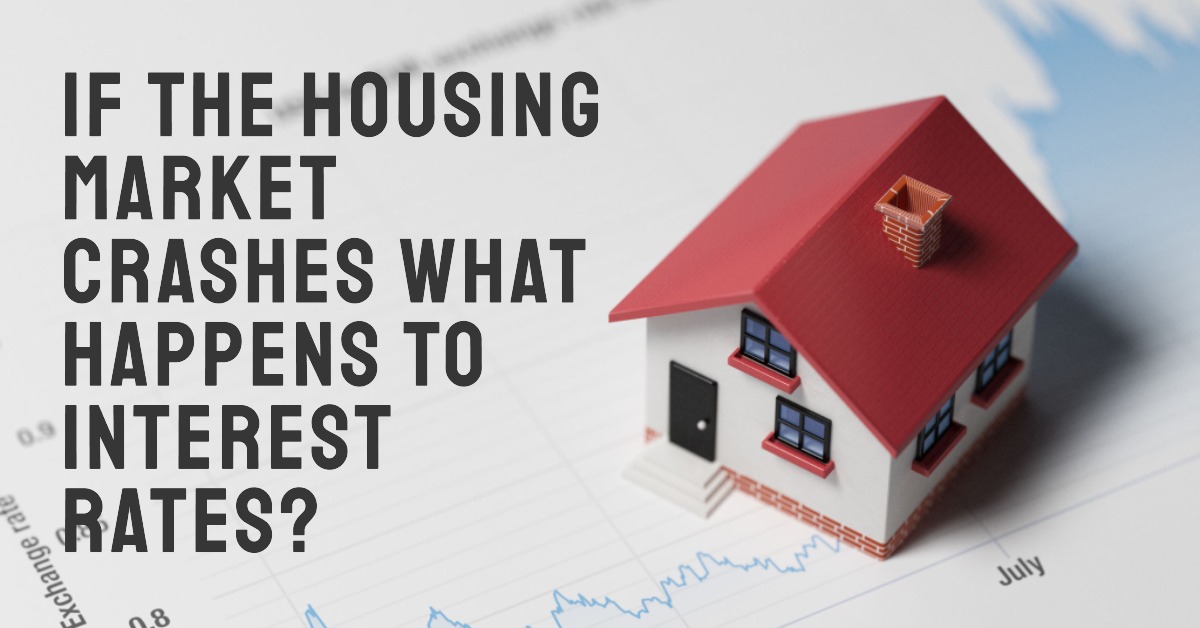
Introduction
The U.S. housing market, long fueled by historically low interest rates, is undergoing a seismic shift. Since early 2022, the Federal Reserve has aggressively raised benchmark interest rates to combat inflation, triggering a ripple effect across the economy—and nowhere is this more evident than in real estate. With 30-year fixed mortgage rates soaring from 3% in 2021 to over 7% in 2023, buyers and sellers alike are grappling with a transformed landscape. This article dives into the mechanics of rising rates, their immediate and long-term impacts on housing demand, and whether the market is headed for a collapse or a much-needed correction.
1. How the Federal Reserve’s Policies Influence Mortgage Rates
The Federal Reserve does not directly set mortgage rates, but its federal funds rate decisions indirectly shape the cost of borrowing. Here’s how:
- The Fed-Treasury-Mortgage Nexus: Mortgage rates are closely tied to 10-year Treasury yields. When the Fed raises its benchmark rate to curb inflation, Treasury yields rise, pushing mortgage lenders to increase rates to maintain profitability.
- Quantitative Tightening (QT): The Fed’s reduction of its $9 trillion balance sheet (including mortgage-backed securities) reduces liquidity, further pressuring rates upward.
- Historical Context: Compare today’s 7%+ rates to the sub-4% averages of the 2010s. For a 400,000loan,thisdifferenceadds 400,000loan,thisdifferenceadds 1,000/month to payments, pricing out millions of buyers.
2. The Squeeze on Buyers: Affordability Crisis Worsens
Rising rates have collided with record-high home prices, creating the worst affordability crisis since the 1980s. Key impacts include:
- Monthly Payments Skyrocket: A median-priced U.S. home (416,000)nowrequiresa416,000)nowrequiresa2,800/month mortgage payment at 7%—up 90% from 2021.
- Qualifying Income Jumps: To afford that payment, a household needs ~120,000/year,excludingtaxesandinsurance—farabovethemedianU.S.incomeof120,000/year,excludingtaxesandinsurance—farabovethemedianU.S.incomeof74,580.
- First-Time Buyers Hit Hardest: Nearly 50% of millennials and Gen Z report delaying homeownership plans due to rate hikes (National Association of Realtors, 2023).
3. Sellers’ Dilemma: The "Golden Handcuff" Effect
Existing homeowners with sub-3% mortgages are reluctant to sell, fearing higher rates on their next purchase. This has caused:
- Inventory Crunch: Active listings in 2023 are 40% below pre-pandemic levels (Realtor.com).
- Stubborn Prices: Despite lower demand, limited supply keeps prices elevated. Median prices dipped only 3% from 2022 peaks, per Case-Shiller Index.
- Regional Divergence: Markets like Austin and Boise see price corrections (-10% YoY), while Miami and Chicago remain stable due to migration trends.
4. Is Demand Collapsing? Data Tells a Nuanced Story
While headlines scream “housing crash,” the reality is mixed:
- Sales Slowdown: Existing home sales fell 20% YoY in 2023 (NAR), the steepest drop since 2008.
- New Construction Boom: Builders are filling the inventory gap, with single-family starts up 12% in 2023. Incentives like mortgage rate buydowns attract buyers.
- Cash Buyers Dominate: All-cash purchases hit 28% of sales in Q2 2023—the highest since 2014. Investors and affluent buyers sidestep high rates.
5. Future Outlook: Correction, Not Collapse
Experts predict a prolonged period of adjustment rather than a 2008-style crash:
- Rates Will Stabilize: The Fed expects to pause hikes in 2024, with mortgages potentially settling at 5–6%.
- Inventory Will Gradually Improve: Baby Boomers (who own 40% of homes) may sell due to aging, easing supply.
- Rental Market Pressure: With buying unaffordable, demand for rentals could spike, keeping multifamily investments lucrative.
Conclusion: A New Normal for Housing
The U.S. housing market is recalibrating, not collapsing. While rising rates have cooled the frenzy of 2020–2021, structural factors—limited supply, demographic demand, and builder innovation—will prevent a freefall. For buyers, patience and financial flexibility are key. For sellers, pricing realistically is critical. As the Fed navigates a soft landing, the market may finally achieve the balance it desperately needs.

